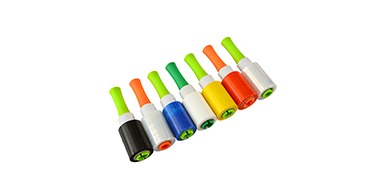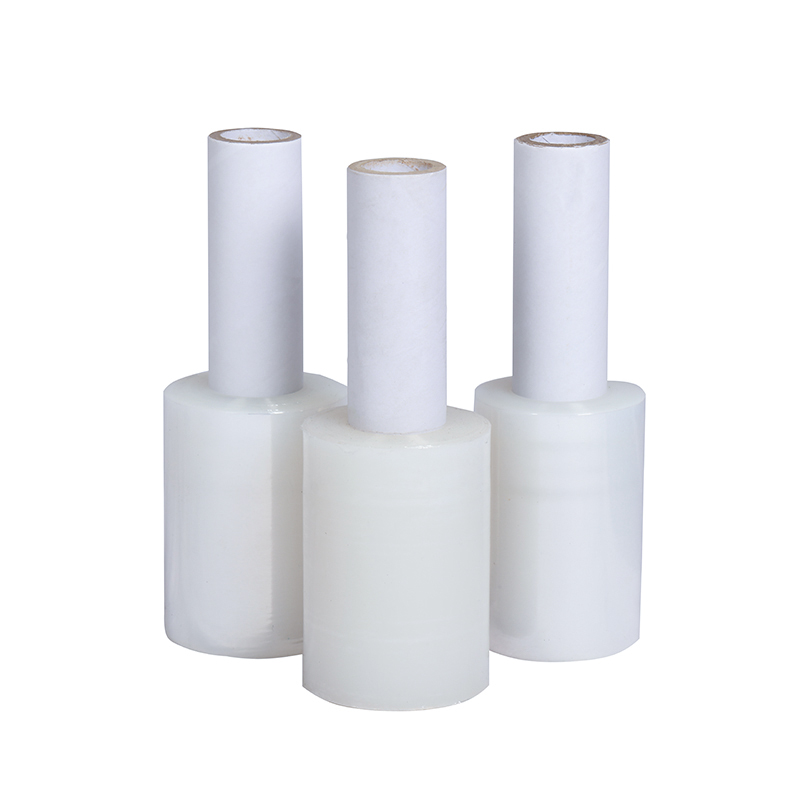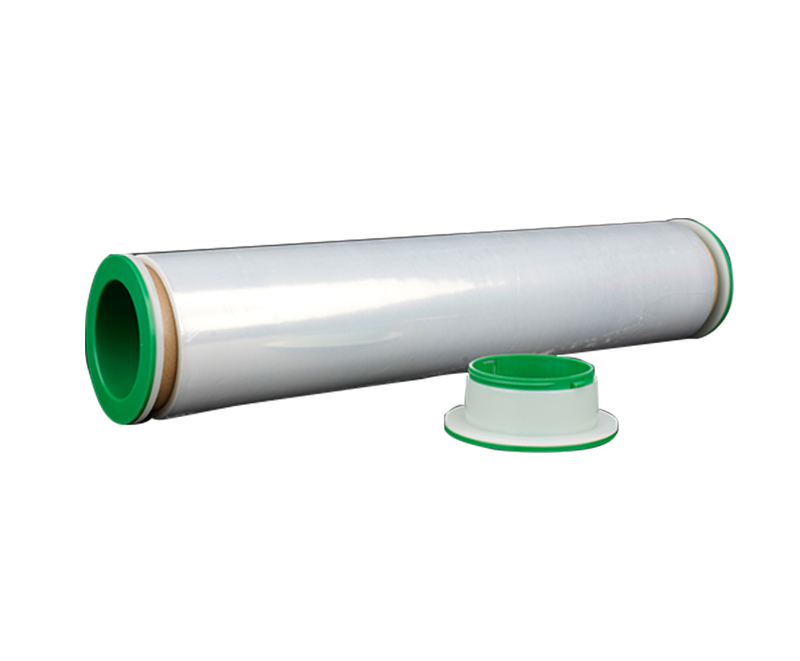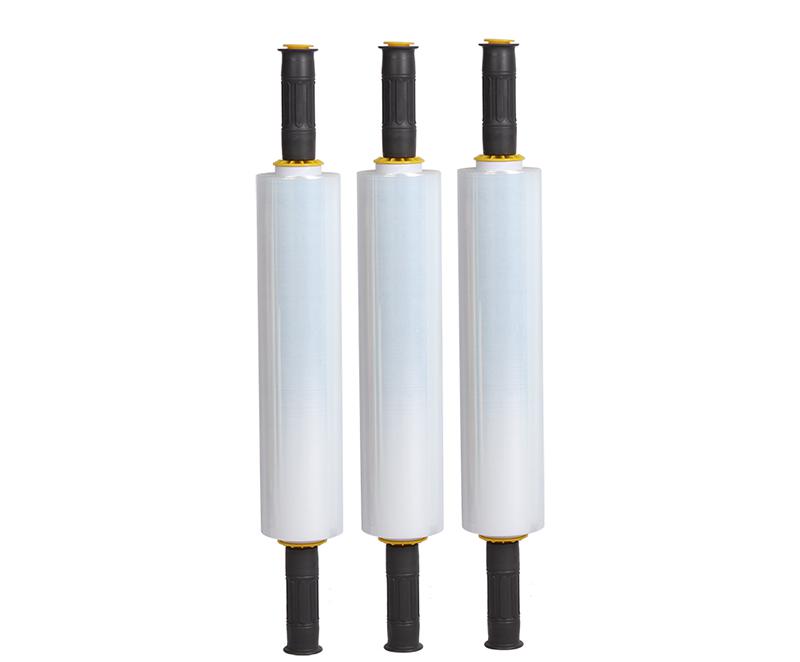Why does stretch film only become thinner when stretched?
Source:Why does stretch film only become thinner when stretched?Time:2022-08-03Visitors:
In recent years, stretch film has become increasingly widely used in product packaging, and the number of consumers who buy products is also increasing, but most buyers have a problem in their hearts. So why does stretch film only become thinner and not broken when stretched?
PE stretch film, also known as stretch film, was initially based on PVC. Due to environmental problems, high cost, and poor stretchability, it was gradually replaced when PE protective film was produced.

1. Material
PE stretch film first used EVA as a self-adhesive material, but its cost was high and tasted. Later, PIBVLDPE was used as a self-adhesive material. The base material is now basically LLDPE, including C4C6C8 and metallocene PE (MPE) The metal polyethylene resin product is a unique single resin that provides an unprecedented combination of film processing and the performance benefits of high carbon alpha olefins (HAOs). Processors can achieve stability, increase yield, reduce film thickness, and simplify resin raw material procurement. MPE resin has a wide processing range on both LLDPE and LDPE film processing equipment and can cope with changes in production conditions. It is a product that produces high-toughness and high-transparency films, which can significantly reduce film thickness.
2. Process
It still provides better results relative to LLDPE/LDPE resins. As a multifunctional resin, MPE resin can create value on multi-layer blown film lines, cast film lines, and single-layer blown film lines and contribute to sustainable development. In the early days, LLDPEstretch film was mostly blown film and developed from single-layer to two-layer and three-layer; now, LLDPEstretch film is mainly produced by casting. Due to the narrow molecular weight distribution of stretch film, the processing range is also narrow, and the processing conditions are challenging to control. Usually, 5% LDPE is added to reduce the melt viscosity and increase the flatness of the stretch film. Casting production has the advantages of uniform thickness and high transparency and can be applied to the requirements of high-rate pre-stretching. Since single-layer casting cannot achieve single-sided adhesion, the application field is limited. Therefore, a three-layer co-extrusion structure is ideal. The stretch film produced has a uniform thickness and reasonable tensile force and is not easy to break.
Recommended Products
Ranked in the same article
- how to use the stretch film technology to r
- How can we get detailed price list?
- Five common quality problems of PE protecti
- Plastic film degradation
- How to guarantee punctual shipment for our
- What is the difference between stretch film
- Testing the permeability of stretch film
- Why insufficient transparency of stretch w
- Electrical wire film VS electrostatic film
- Stretch film temperature requirements
- The elastic characteristics of plastic film
Latest news articles
- How to solve the bubble in the stretch film
- Why vacuum packaging materials need stretc
- Method of shortening stretch film
- Is PE stretch film suitable for the logisti
- How should the viscosity in the adhesive la
- Advantage of Stretch film
- Enhancing Electrical Safety with Innovative
- How Does Color Affect the Performance and D
- The characteristics of the stretched film q
- How to handle the surface of stretch wrappi
- The elastic characteristics of plastic film



